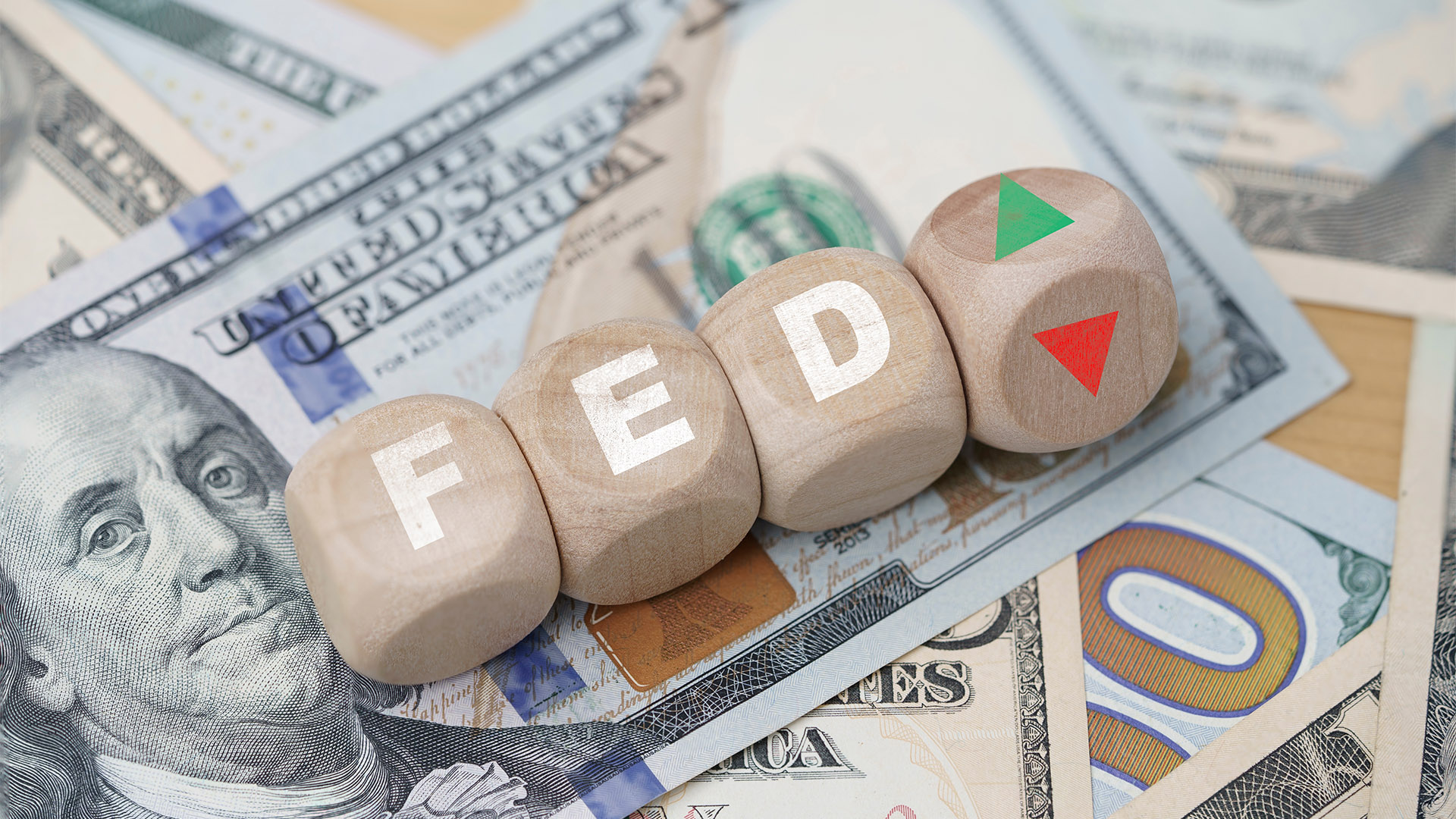Investors have significantly raised their expectations for a half-percentage-point interest rate cut by the Federal Reserve next week, as the central bank prepares to reduce borrowing costs for the first time in over four years.
Currently, swaps market traders are pricing in a 49% chance that the Fed will opt for a larger cut to mitigate the negative impact of high rates on the economy. This is a sharp increase from Thursday when only a 15% chance was priced in.
This shift in expectations helped push stocks higher on Friday, with the S&P 500 and Nasdaq Composite achieving their largest weekly gains of the year, rising by 4% and 6%, respectively.
Mark Dowding, chief investment officer at RBC BlueBay Asset Management, noted that a half-point cut is now “very much in play” after being “almost entirely priced out” just a day earlier. While markets still see a 51% chance of a smaller quarter-point cut, that probability has decreased significantly since Thursday.
Former New York Fed president Bill Dudley stated on Friday that there is a “strong case” for a half-percentage-point cut next week, highlighting the restrictive effects of the current rate, which sits at 5.25%-5.5%, the highest in 23 years.
Although the Fed traditionally moves in quarter-point increments, a larger cut may serve as a preemptive step if officials believe the economy is slowing too rapidly. Some policymakers at the July meeting had already considered cutting rates, suggesting that with inflation having fallen further, a more aggressive cut might help the Fed catch up.
Tim Duy, chief U.S. economist at SGH Macro Advisors, argued that the Fed should lead with a 50-basis-point cut, describing it as “the only logical policy choice.” Gabriele Foà, a fund manager at Algebris Investments, supported the idea of frontloading cuts to avoid falling behind in an economic downturn.
The upcoming Wednesday meeting is pivotal, especially as it occurs just before November’s presidential election between Kamala Harris and Donald Trump. The Fed is aiming for a “soft landing,” controlling inflation without causing a recession. A survey from the University of Michigan revealed consumer inflation expectations for the next year fell to 2.7%, the lowest since late 2020, while consumer sentiment for September rose to a four-month high.
The yield on two-year U.S. Treasury bonds, which reflects interest rate expectations, dropped 0.06 percentage points to 3.59% on Friday. Analysts say the meeting is one of the most unpredictable in years, with data presenting a mixed view of the economy, where inflation pressures persist alongside labor market weaknesses.
While headline inflation dropped to 2.5%, close to the Fed’s 2% target, core inflation rose by 0.3% month-on-month due to housing market pressures. Wylie Tollette, chief investment officer at Franklin Templeton Investment Solutions, cautioned that a 50-basis-point cut could potentially amplify housing sector inflation, and he predicts a smaller, quarter-point cut.
Tollette also pointed out that the upcoming election might complicate the decision, with Trump suggesting that a rate cut could benefit Harris as the incumbent vice-president, although the Fed aims to prioritize what’s best for the economy without appearing politically motivated.
Fed Chair Jay Powell reaffirmed the central bank's commitment to supporting a strong labor market while progressing towards price stability. Salman Ahmed, global head of macro at Fidelity International, remarked that the rate-cutting process remains uncertain, noting the unpredictability surrounding Fed policy in this post-pandemic cycle.














